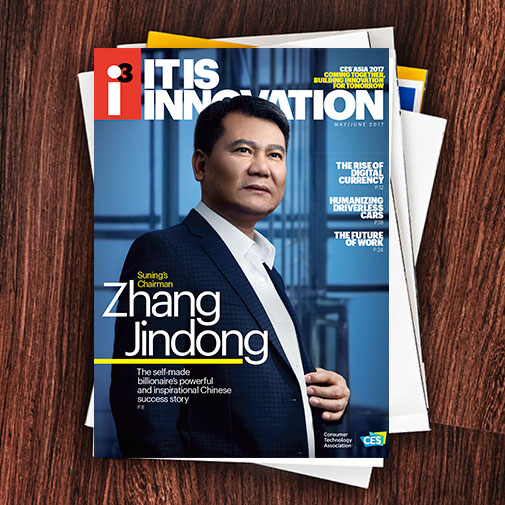At the luncheon, I was one of the more experienced entrepreneurs with lobbying experience. I asked the chairman about the types of information that help him most with decisions related to policy. Chairman Pai answered by asking for stories about products and how they are impacted by existing policies.
I had stories with examples from my first company, Livio, as well as Tome, ready to go. I explained how things would be very different if there had been controls and limitations on internet access in place. For instance, our Livio Radio featuring Pandora wouldn’t have done very well if the big internet service providers, like Comcast, had decided to micromanage streaming or to charge extra for access to Pandora. I also explained the IT concerns related to troubleshooting IoT devices as a result of select website throttling. With third parties throttling our server while allowing full traffic from another service provider, it would be nearly impossible to identify and solve problems.
After a round of stories, the group opened up a dialog about opportunities. Our group came up with a new concept (which happens when you put entrepreneurs together in a room) to create a sandbox and test environment for the types of IoT products we develop. The problem is that current engineering development and research opportunities for many companies (especially MVNOs) is somewhat limited when dealing with RF. What is available is very expensive to test for and time consuming to set up for small businesses. As an example, I mentioned the FAA’s permitted test areas for drone flight across the U.S.
The larger theme mirrors advice I was given by a CTA mentor years ago. It’s very important for companies to provide examples that back up knowledge. Whether it’s a sales call, a product development meeting or lunch with the FCC chairman, making a statement and following it up with “for instance” and a personal story provides context and the authenticity needed to move your point forward.
For small companies, credibility may be an issue. Investors get hundreds of pitches, and making a “fact statement” isn’t enough. You need to provide an example for both context and validation of your claim.
This isn’t a free pass to make up numbers and then back them up with a qualitative story, but it does put color around your point and regardless of the number, it allows everyone in the conversation to understand why you care. Throwing in an example a few times can check the box for credibility. You know you are smart, but your customer may not — at least, not yet.

i3, the flagship magazine from the Consumer Technology Association (CTA)®, focuses on innovation in technology, policy and business as well as the entrepreneurs, industry leaders and startups that grow the consumer technology industry. Subscriptions to i3 are available free to qualified participants in the consumer electronics industry.